Archive: Suzuki XR69
Shove a big GS street motor into a small XR racing chassis and what have you got?
Say, did we miss the Suzuki GSX-R’s 30th birthday party? Sorry about that – but you know how it is when you have so many children running around the house. You lose track. The GSX-R grew so ubiquitous over the years – if you weren’t tripping over one in the garage, you were backing over one in a parking lot or crashing one at Willow Springs. Lately, however, there seems to be a lot of interest in the motorcycle that led Suzuki directly to the GSX-R. That would be the GS1000R, better known now as XR69.
Lore has it that Pops Yoshimura started the ball rolling when he asked the Suzuki factory for some help with his GS750-based Formula 750 racers in the US. When the rules changed to allow 1000cc engines in 1977, the series became Formula One. Pops’ engines began putting 130 horsepower through their spindly GS1000 frames, and something had to be done. Shoehorning the big air-cooled GS1000 engine into what was essentially Suzuki’s then-current RG500 XR34 roadracing chassis wound up being that thing, to run in Formula One events in the U.S., the UK and abroad.
Nothing gets bucks-up collectors more excited than rarity, and not many modern(ish) motorcycles are rarer than this one. In fact, the one in our lead photo is a replica put together by Team Suzuki Vintage Parts in the UK a couple of years ago for classic racing events; it uses a later GSX-R1100 engine instead of the correct GS1000 two-valver, but definitely gives off the original XR vibe.
The man who had the most success on the real deal XR69 and knows more about them than anyone must be the famed Larrikin Biker himself, Graeme Crosby. Crosby says he doesn’t think more than four or five examples were ever made.
“Originally at the start of the 1980 season, at least, Randy Mamola and I had two works RG500s each (XR34 twin-shock models) to work with for GPs, plus an XR69 each,” Crosby writes from his home in New Zealand. “The plan was for us to race World GP, the British 500cc Championship and the TT-F1 championship.”
“Randy did a couple of races in the UK then withdrew for the season, as he felt he couldn’t get to grips with the “diesel,” so I found myself with a spare XR69 to continue developing. So it was left up to me in the UK to campaign World GP, British 500cc and TT-F1, plus World Championship TT-F1 whilst Randy did British 500cc and World GP.
“At that same time in the States, Suzuki Motor Company racing was predominately being done in conjunction with Yoshimura R&D – Wes [Cooley] as the main rider and David Aldana also rode Superbikes in the AMA series. The XR69s were first run at Daytona, although I had tested a few times in Japan prior to the 200, which was the first time [1980] it was classified as an international event, not just an AMA event.”
Crosby won the Superbike race at Daytona that year on a borrowed Yoshimura GS1000, but dropped out of the 200 on the XR69, which wasn’t quite ready for prime time mostly due to brake problems. Later that year after addressing those issues, he and Cooley won the Suzuka 8-Hour on their shared XR, and Crosby won two Isle of Man Formula One races and two TT-F1 championships over the next couple of seasons.
According to this story in Classic-motorbikes.net, “The XR69 was the bike to have for F1 racing in the early 80s, both short circuit and road racing showed the big Suzook to be ultra competitive, much to Honda UK’s chagrin. Honda had come to view the TT races as theirs by right, but the much smaller, and smaller budget, Suzuki team had different ideas, rising to complete dominance by the end of the XR’s reign in 1984.”
So, you probably can’t afford one of the four or five original XR69s, but if you like the cut of the thing’s jib and its historical significance – and just want something different to one-up at the vintage races – the Harris frame will run you a very reasonable £1,960 ($2,578 today). There are, however, a few other bits and pieces you’ll require, and Harris can help with whatever you don’t have already lying around the shed. Here’s the parts manifest and price list. It adds up fast.
Not sure why replica XR69s have become so popular, but they have. Something about being ultra-rare, something about bridging the gap between the old air-cooled and modern Superbike eras. In fact, that’s exactly where the GSX-R came from – squeezing the old GS motor into the XR chassis. Which begs the anal-retentive copywriter question, why isn’t it GS-XR instead of GSX-R?
For whatever reason, people around the world are assembling some very tasty ones, and nobody seems embarrassed if their XR replica contains a Yamaha FJ or Honda CB powerplant. Or whatever moves them.
Our friend Darren Begg, of DB Customs, says, “These bikes are making a popular return because it’s a great, fast platform that can race at the International (Island) Challenge at Phillip Island… they can run Honda, Suzuki, or Yamaha engines in them… many are running FJR engines close to 1300cc… including the “Honda” Harris bike that John McGuinness ran.”
What?
And this just in: Colin Edwards To Race XR69 at 2018 Island Classic
That’s all we have time for now. The old XR probably feels like an antique tractor compared to a new Aprilia RSV4 Factory or GSX-R1000R, but people seem drawn to them nonetheless. The history of the thing is part of its appeal. But among motorcycle people, maybe the biggest draw is that you don’t just buy one of these, though that’s an option – you roll your own. I know at least a couple of very talented motorcycle builders who are hard at it as we speak, including not buying a Harris frame but building their own. Are they crazy? Slightly, but in a good way. More to come.
Related Reading
More by John Burns



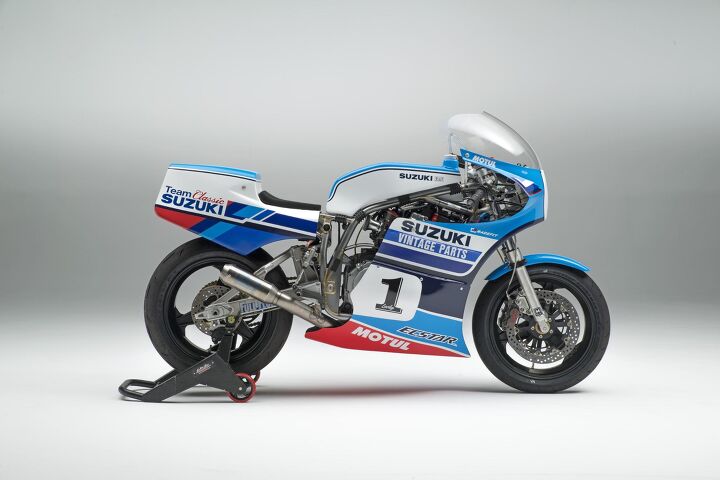
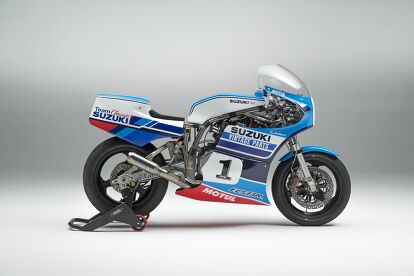























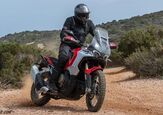












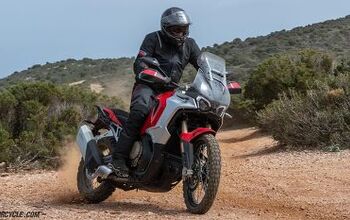

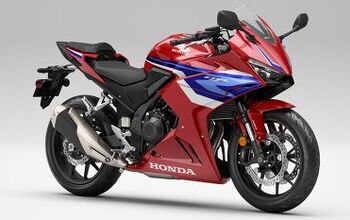



Comments
Join the conversation
Lovely bike(s), but I yearn for the VF1000RR (or was it slightly smaller) that Joey Dunlop raced to his F1 titles. On it i’d ride my local mountain course-equivalent saying to myself, ‘there are bits I like, and bits that I don’t like’. And, if you get that reference, chances are you feel the same ...
https://uploads.disquscdn.c...